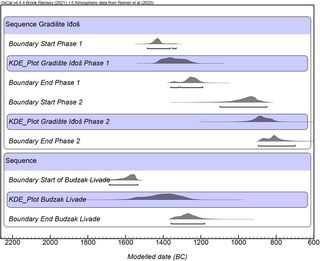10
Societies of the later Early to Middle Bronze Age (ca. 2200–1600 BC) in the Carpathian Basin exhibited complex, hierarchical and regionally influential socio-political organisation that came to an abrupt end in the 16th century BC. Considered a collapse by some, this change was characterised by abandonment of virtually all central places / nodes in settlement networks. Until recently, the complexity that characterised the period was believed to have substantially diminished alongside depopulation. This model was reinforced by a combination of the loss of established external networks and low-resolution knowledge of where and how people lived in the first stages of the Late Bronze Age (between 1600 and 1200 BC). We contest the idea of a diminished Late Bronze Age and argue that a fully opposite trajectory can be identified–increased scale, complexity and density in settlement systems and intensification of long-distance networks. We present results of a settlement survey in the southern Pannonian Plain using remote and pedestrian prospection, augmented by small-scale excavations. New absolute dates are used to define the occupational history of sites dating primarily between 1500–1200 BC. We argue that climate change played a substantial role in in the transformation of settlement networks, creating a particular ecological niche enabling societies to thrive. New and specific forms of landscape exploitation developed that were characterised by proximity to wetlands and minor watercourses. In this context, the largest monuments of Bronze Age Europe were created and inhabited. In considering the origins and demise of these megasites and related settlements, we provide a new model for Late Bronze Age societies in the Carpathian Basin and their regional relevance.
You must log in or register to comment.


